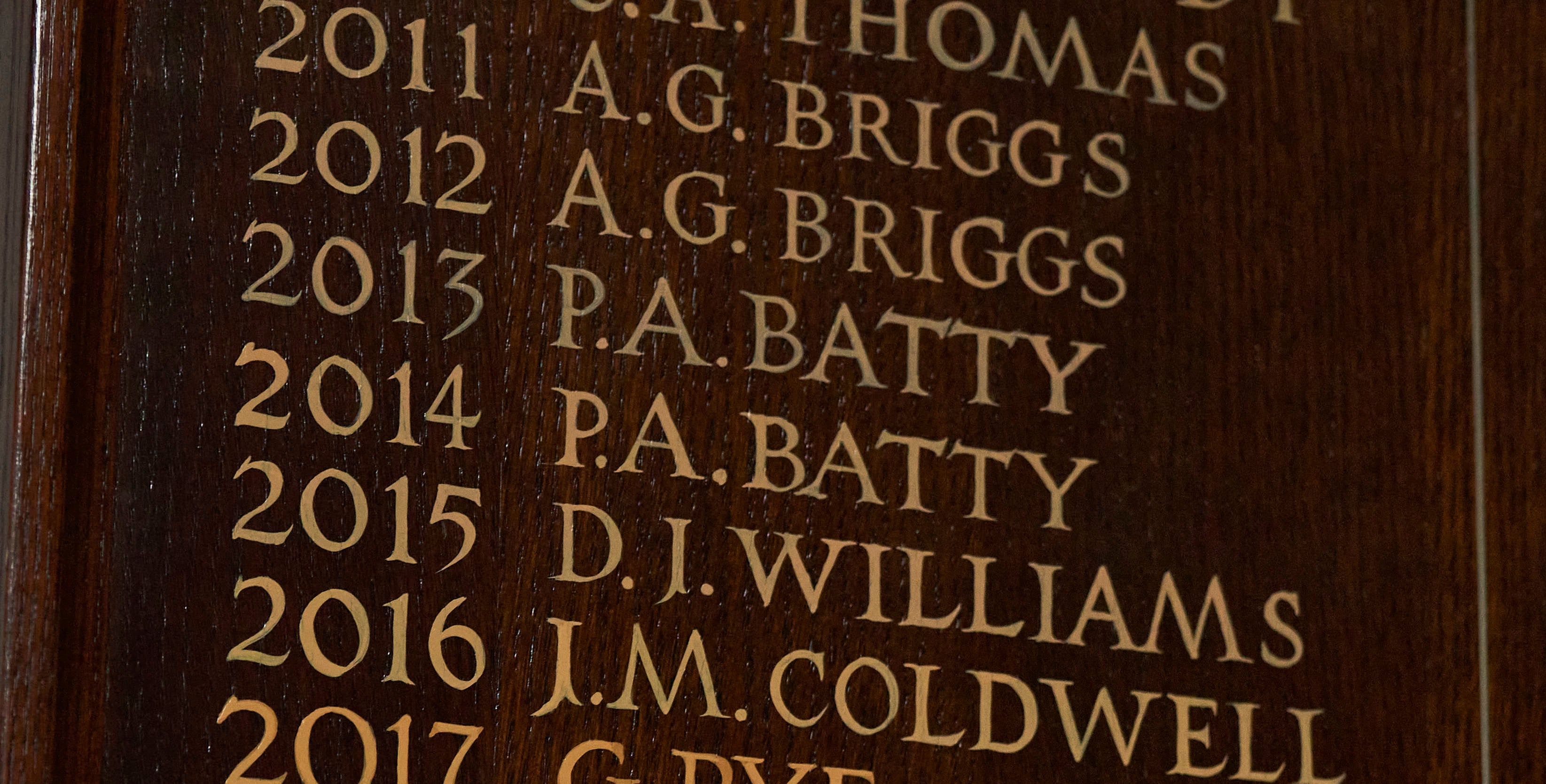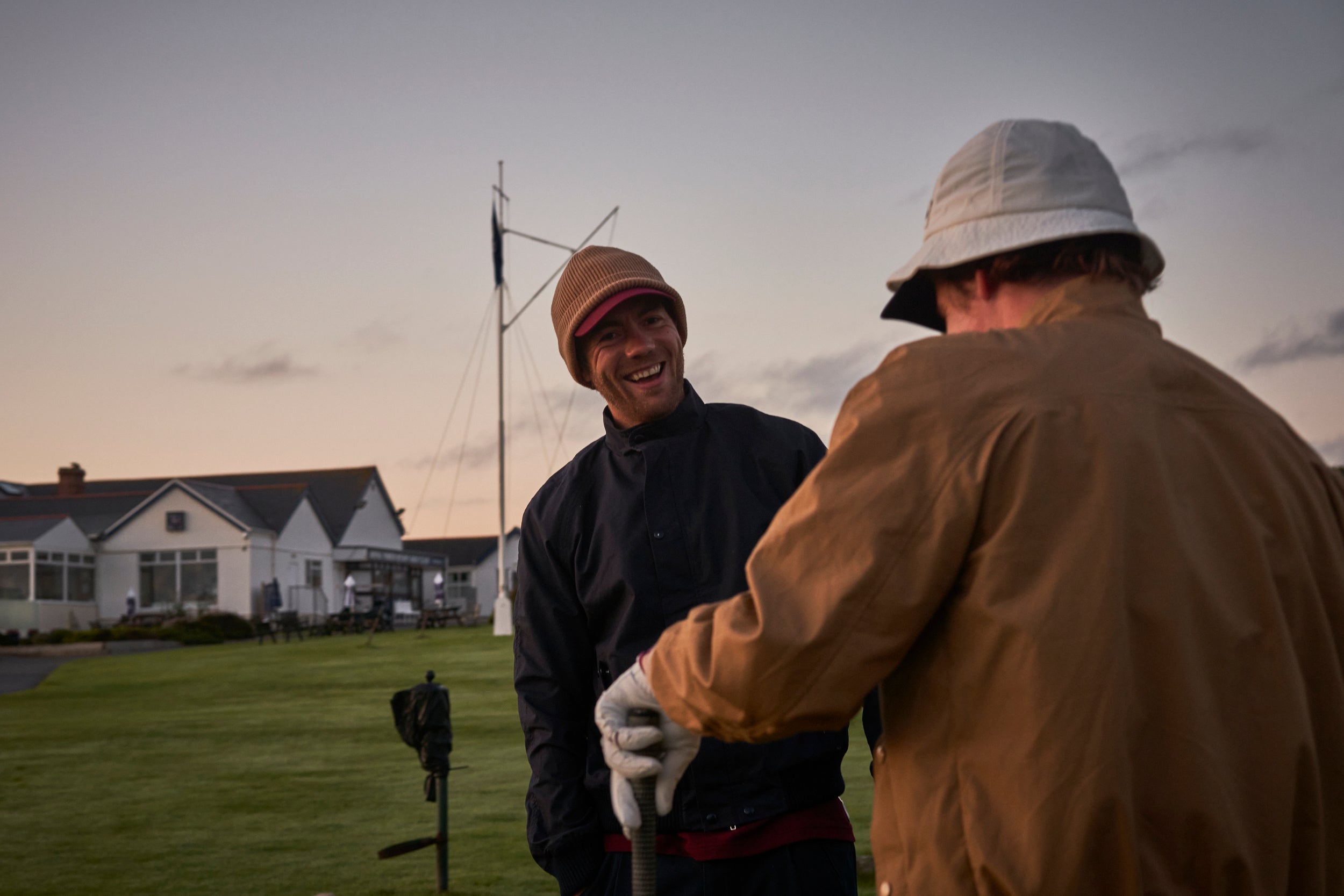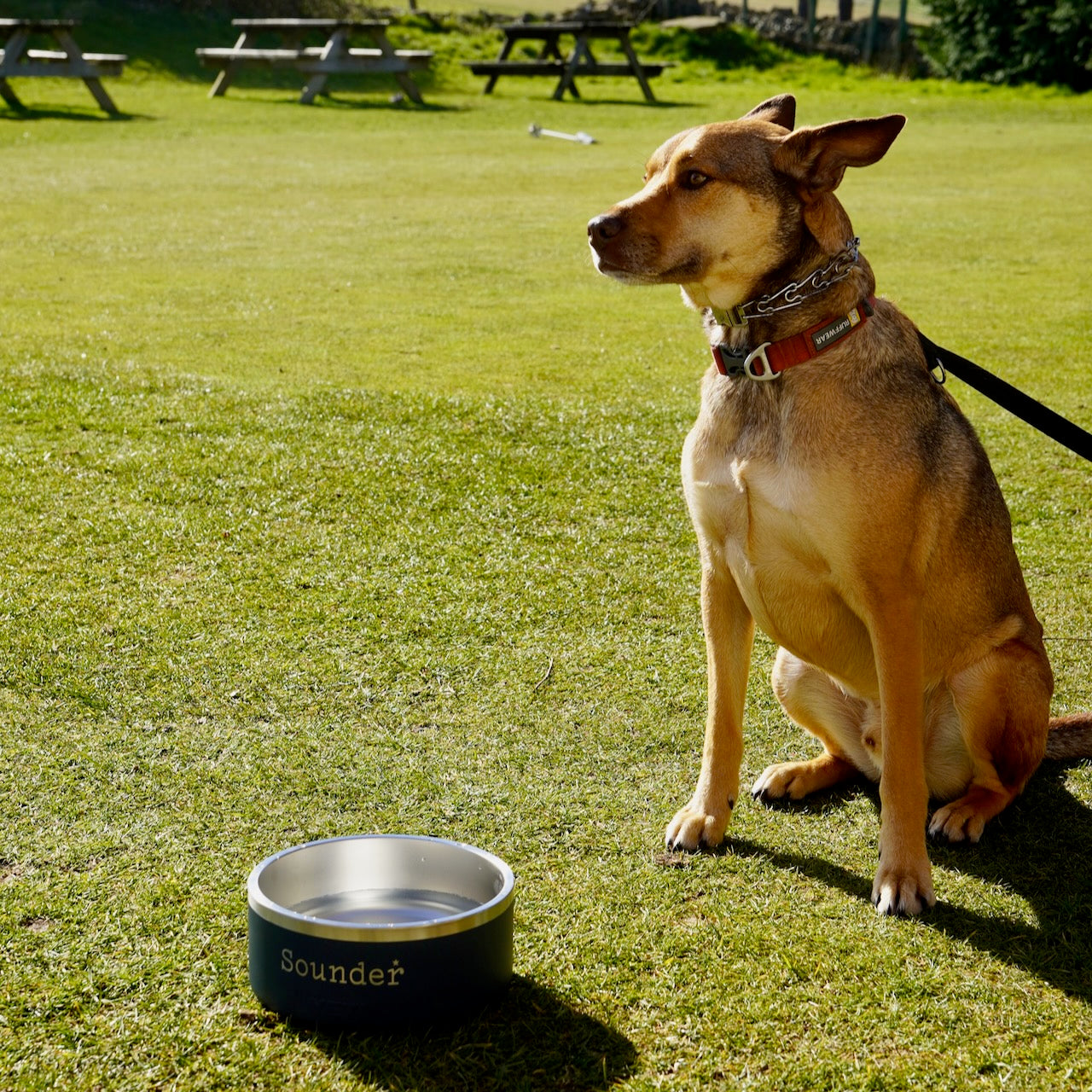Golf’s annual frat party hiccupped to a limp, drowsy climax on Sunday night.
I have no idea who won the ‘stadium’ golf tournament in Scottsdale – to be honest, I checked out of the one-dimensional, sterile roadshow that is pro golf some time ago. However, a tweet from fellow equipment fanatic Ryan Barath did catch my eye.
Ryan asked if fans throwing plastic beer cups at the green does anything to ‘grow the game’? The response from most people on twitter was a resounding ‘yes, of course it does’.
Regular readers will not be surprised to know that I’m more than a little cynical of the #growthegame mantra.
Most of the people who trot out this line are the ones who need the game to remain as it is. And it’s the people who benefit most from the status quo - the equipment companies and their commercial stooges in the golf media – who create a lot of the barriers that stop people getting into golf.
What really turns off potential golfers is a version of the game that tells them they have to aspire to these buttoned-up, spandex-clad pros, endlessly buying the latest technology in a fruitless bid for lower scores, rather than celebrating the true joy of the game.
I’ve played TPC Scottsdale, and we also have it on our indoor golf simulators at Urban Golf. I can’t remember a single hole on the course, and I don’t ever recall a customer asking to play it on the sim.
The ‘famous’ par three 16th is the most generic of holes imaginable. It has no strategic value whatsoever. So they roll it in glitter, build this huge grandstand with VIP areas and bottle service, serving punters who watch the pros throw darts at the flag with short irons. It’s just another way in which the world of golf has gotten a long way from the game.
All of these things have nothing to do with the game that I love. For many, the only version of golf is the one that they see on TV. And that means golfers believe that Tour-style resort courses are the pinnacle of the game. They buy the latest gear with all the accessories, and slog their way around 7,000-yard layout in a buggy.
How much more fun would they be having with a half set and carry bag on a 6,000 yard course that asks strategic questions and rewards creativity as much as execution?
Things ended up this way because the the golf industry needs to present an image of constant progress. Everything new is immediately accepted as progress. So much of the ‘innovation’ in golf has taken the game backwards for the recreational player.
There’s nothing wrong with what goes on around the 16th at TPC Scottsdale, but suggesting that it does anything to really grow game is nonsense. As Ryan Barath pointed out, a global pandemic did more to increase golf participation in 18 months than the 16th hole at TPC Scottsdale has in 15 years.
People might see last night’s golf and think they’d quite like to get wasted and watch people hit golf shots. It’s a great advert for boozing (I love boozing), but it’s not going to make people want to get down the driving range or their local muni. Personally, I’d much rather see an event where it’s the players who drink, not just the crowd - that feels much more relatable to the version of golf that we play every weekend.
We don’t need to grow the game by adding gimmicks, hype and razzmatazz. The best way to bring people into golf is to shrink the game – to bring it back to the game that we everyday golfers love, not the pro game or the eco-system around it.
The game of golf is a huge success story. It’s been around for 600 years. This strange business of the pro game and the golf industrial complex is a sideshow, and a recent one at that.
I might seem like an old curmudgeon, but I’m optimistic for the future of the golf. I believe that the intrinsic appeal of the game will prevail – one where we embrace the challenge of a game to be played, rather than an industry to be ‘grown’.
Read more

Richard Pennell has been around golf for 35 years - as a player, greenkeeper, secretary and humble club member - and most recently, as the the author of the Stymied blog. In his first piece writin...

Part 1 of Richard Pennell's guide to joining a golf club covered the membership interview. If you've made it this far, you're ready for Part 2 - the play-in round...




